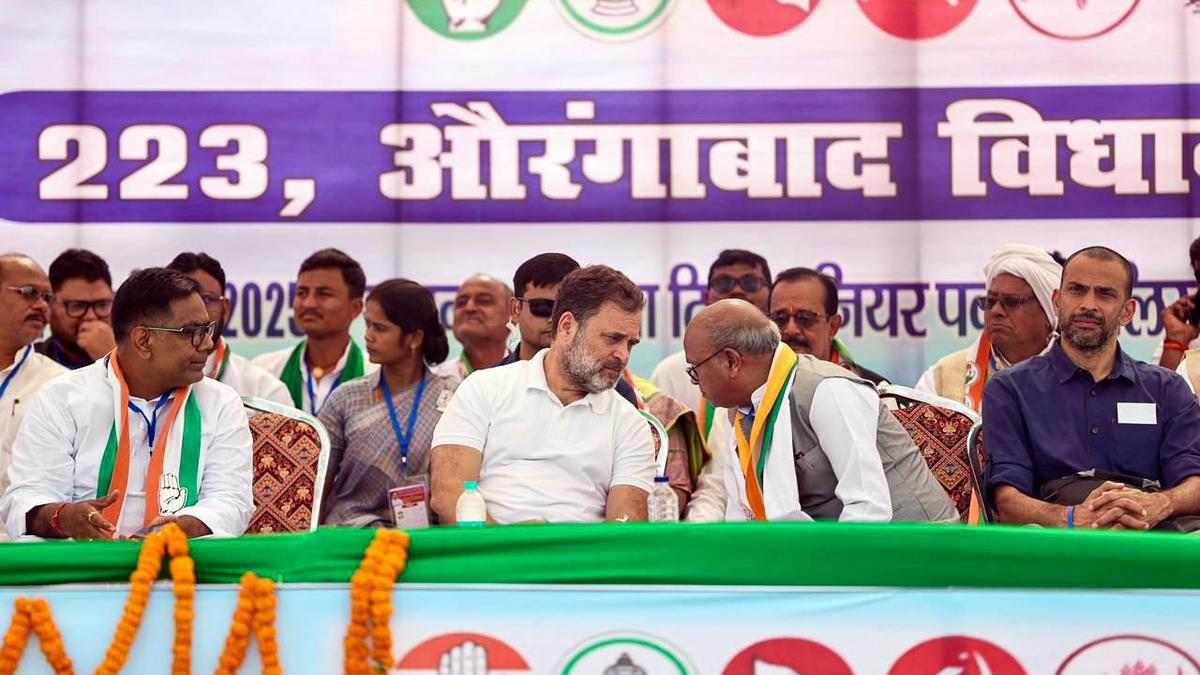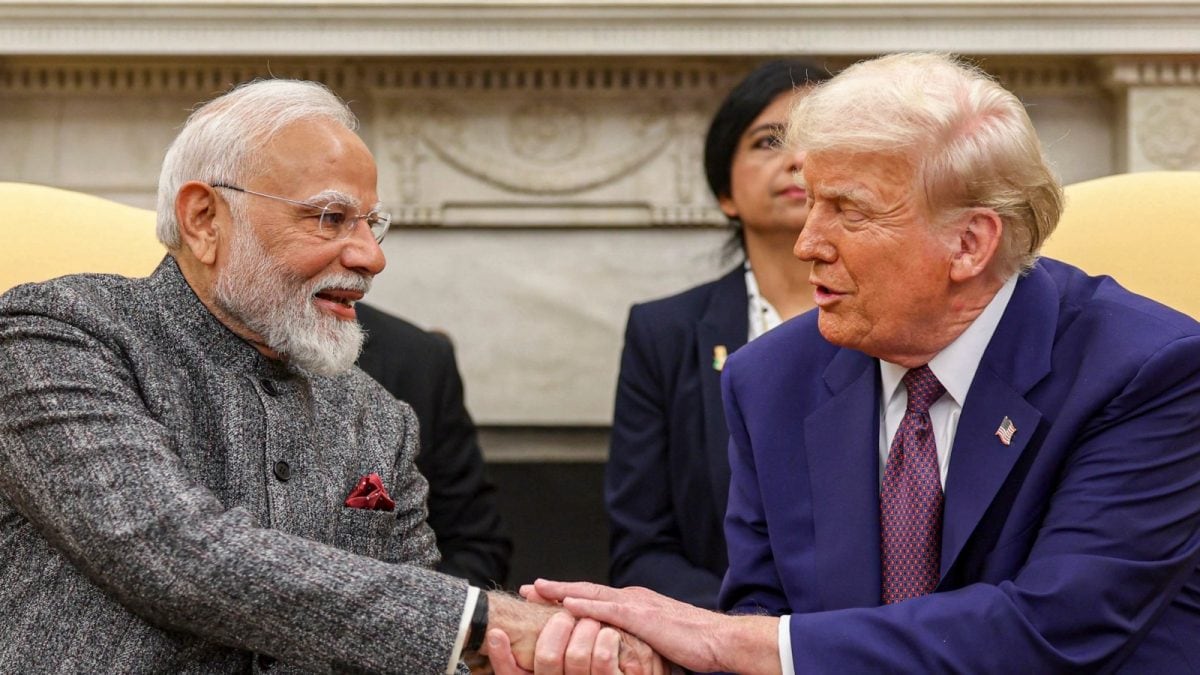Indian history might have reached its latest milestone on November 2, at the DY Patil Stadium, Navi Mumbai. After India’s Women in Blue swept up the World Cup and hearts with their on-field action, a new set of heroes have emerged, who might have re-steered the course of history. Even as this win has inspired lakhs across the country, it is important to look at what this hard-won victory stands upon. At the base of the support pyramid is the work that women in Chennai did, over five decades ago. A good deal of what has been achieved today had humble beginnings at the Tamil Nadu Women’s Cricket Association (TNWCA), and the small army of women that worked hard and tirelessly to lay the foundation for what is now a chance to stand at the podium. Naturally, Chennai was at the centre of it. Shilu Ranganathan was the live wire running the women’s cricket team in Chennai, by all accounts.
Means of empowerment
Shilu had always been interested in sports, was a tennis player in her younger days, believing it was a means to empower women. When the TNWCA was started by J.B. Shah, father of cricketing sisters Sudha Shah, a former India captain, and Meena Shah, along with the parents of a few other players, she found her calling. She joined the Association, initially serving as its secretary, and with her immense energy, created a whirlwind that would carry the bootstrapped women’s team on. Her daughter Ambujam Anantharaman recounts, “The late Visalakshi Nedunchezhiyan [wife of former Finance Minister V.R. Nedunchezhiyan], Meena Muthiah [Kumararani of Chettinad], Jayanthi Natarajan [former Union Minister], and Nanditha Krishna [of C.P. Ramaswami Aiyar Foundation] were among those who took up senior positions in the TNWCA.” They began by organising tournaments at the school, collegiate, State and eventually national levels. Later they progressed to hosting international fixtures with the help of the Tamil Nadu Cricket Association (TNCA) and the Women’s Cricket Association of India (WCAI). “Shilu aunty, as my mother was called by the players, later became the WCAI vice-president and was the manager of the Indian team which toured England in 1986,” she adds. Her prodigious memory, inexhaustible energy, and indefatigable spirit were a beacon of inspiration for all young cricketers, Ms. Ambujam remembers. Tamil Nadu had three international players in the early days — Sudha Shah, Fowzieh Khaleeli, and Susan Ittycheria.
Dr. Nanditha Krishna fondly recalls, “I came back to Madras from Bombay in 1974, and the TNWCA was in place by then. Shilu Ranganathan was the prime mover and motivator. We had a cricket pitch within the Foundation, and we gave it to the women for practice and matches.” She further says, “Sometimes, we could not get even 11 girls to play, but the play went on. There was Shanta Rangaswamy, the Shah sisters, Sumathi Iyer, even Diana Edulji would come to play in Chennai. If we did not have enough players, we had hardly any spectators. Shilu asked us to help out, because the girls were so disappointed that no one was coming to watch them play or appreciate them. So, we used to take our students from Saraswathi Kendra in a bus to watch the women play cricket. Other schools also, commandeered by her, brought students to watch the game from time to time.”
Ms. Shah also recounts the initial days of playing cricket in Chennai. “When we started playing, it was for the fun of it, and we loved the game. They were tough days, there were no facilities, no money, while travelling, there were hardships booking grounds to play in, booking tickets, living in dormitories. But we were crazy about the game and the adversity fostered a strong team spirit; as teammates, we were very close.” Things only started improving after the BCCI took over the association in 2005, she adds.
Shoestring budget
Sumanth Raman, cricket commentator, talks about his experience with women’s cricket matches in the very early days, when, apart from Mumbai and Chennai, only Delhi could talk of having a women’s cricket team at all. “I used to be a commentator for DD, the only channel covering sport in those days. I remember they were literally operating on a shoestring budget, everything ran because of people’s good will. Shilu Ranganathan would request people in Chennai to put up the players at home, and so the players used to stay at various people’s houses while they played the matches. These are the people who should be credited with a part of this World Cup.” It was after the government agencies started offering jobs to women cricketers that things improved, he adds.
Earlier, after India’s win at DY Patil Stadium, he recorded on X, “I remember a veteran organiser of Women’s Cricket in India, Shilu Ranganathan, who tirelessly soldiered on for decades. Sadly, she passed away a few years ago without seeing this day. She would have been immensely proud.”
It’s not just the win. Given that part of the TNWCA’s responsibility was to make players economically independent by helping them secure jobs in reputed organisations and institutions, this would indeed have delighted Shilu Ranganathan. With crowds storming the stadiums, adulation on social media, women cricketers being paid on a par with the men, and the bounties for the achievement commensurate, women’s cricket has come a long way, and to a place that its original Tamil promoters would have cherished.
Ms. Sudha Shah is another whose heart is full now. “I was the coach of the Indian team when we entered the finals first, in 2007. We lost that, and it was heart-breaking. I am so happy that I was there in Mumbai when it finally happened. Let this be the first of many glories to come. This victory will make a whole deal of difference; the future of women’s cricket seems brighter than ever before.”

 1 hour ago
4
1 hour ago
4








 English (US) ·
English (US) ·